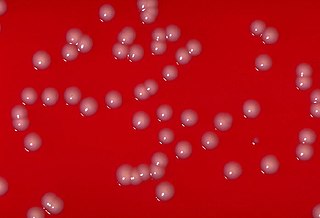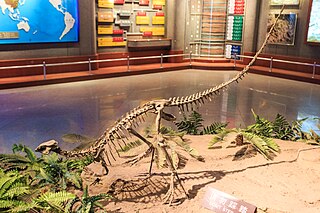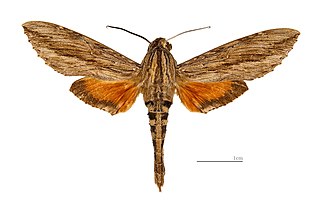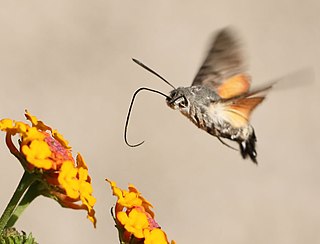
Lesothosaurus was a genus of omnivorous ornithischian dinosaur from South Africa and Lesotho. It was named by paleontologist Peter Galton in 1978, the name meaning "lizard from Lesotho". The genus has only one valid species, Lesothosaurus diagnosticus.

Gerard James Butler is a Scottish actor, producer, singer and musician.

The Corynebacterineae comprise a suborder of the Actinomycetales and include most of the acid-fast bacteria. Therewith it is a subgroup of the high GC-content and Gram-positive bacteria. Among its subgroup Mycobacteriaceae are the species which cause tuberculosis and leprosy.

Arthur Gardiner Butler was an English entomologist, arachnologist and ornithologist. He worked at the British Museum working on the taxonomy of birds, insects, and spiders.
In Homer's Odyssey, Amphimedon was the son of Melaneus and one of the suitors of Penelope. While retreating from Odysseus's party during the final stages of the battle in the latter's hall, he gave a glancing blow to the carapace of Telemachus, to whom he fell shortly afterwards. In the Underworld, he told the story of the suitors' slaughter by Odysseus and Telemachus.

Agilisaurus is a genus of ornithischian dinosaur from the Middle Jurassic Period of what is now eastern Asia. The name is derived from the Latin "agilis" meaning 'agile' and the Greek "sauros" meaning 'lizard', and refers to the agility suggested by its lightweight skeleton and long legs. Its tibia 207.0 mm in length, was longer than its femur 199.0 mm in length, which indicates that it was an extremely fast bipedal runner, using its long tail for balance, although it may have walked on all fours when browsing for food. It was a small herbivore, about 2 meters (6.5 feet) in length, and like all ornithischians, it had a beak-like structure on the ends of both upper and lower jaws to help it crop plant material.

Micropachycephalosaurus is a monotypic genus of ceratopsian dinosaur. It lived in China during the Late Cretaceous period. The skeleton of the single specimen was found on a cliff southwest of Laiyang, Shandong Province. It was a bipedal and herbivorous dinosaur.
Changchunsaurus is an extinct genus of small herbivorous parksosaurid dinosaur from Early Cretaceous deposits of Gongzhuling, Jilin, China. It is the first named dinosaur genus from Jilin.
Hexinlusaurus is a genus of basal ornithischian dinosaur from the Middle Jurassic of China. The holotype, consists of an almost complete, articulated skull and some postcranial material, collected from a terrestrial sandstone within the Lower Shaximiao Formation (?Bajocian) at the famous dinosaur-bearing quarries at Dashanpu. A paratype consists of a partial skull and postcranial remains. Previously, it had been described as a species of Yandusaurus, Y. multidens, but was reclassified as a new taxon by Paul M. Barrett, Richard J. Butler and Fabien Knoll in 2005, who diagnosed this anatomically conservative species as follows: "A small ornithischian dinosaur distinguished from all other basal ornithischians by a single autapomorphy, the presence of a marked concavity that extends over the lateral surface of the postorbital." The etymology of the genus name honors Professor He Xin-Lu who originally named the specimen as Y. multidens + the Greek sauros (=lizard). Hexinlusaurus was a small, fleet-footed herbivore.

Epicopeiidae is a family of insects in the order Lepidoptera. They are known as oriental swallowtail moths as they closely resemble some oriental swallowtail butterflies. Epicopeiidae have highly varied structure in regards to body size and wing shape. Epicopeiidaen wing patterns are involved in complicated mimicry rings.

Austriadactylus is a genus of "rhamphorhynchoid" pterosaur. The fossil remains were unearthed in Late Triassic rocks of Austria.
Cosmosoma is a genus of tiger moths in the subfamily Arctiinae. The genus was erected by Jacob Hübner in 1823.

Ambulycini is a tribe of moths of the family Sphingidae first described by Arthur Gardiner Butler in 1876.

Dilophonotini is a tribe of moths of the family Sphingidae described by Hermann Burmeister in 1878.

Macroglossini is a tribe of moths of the family Sphingidae described by Thaddeus William Harris in 1839.












